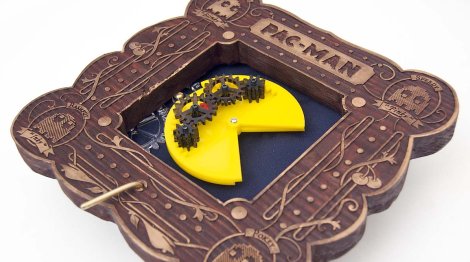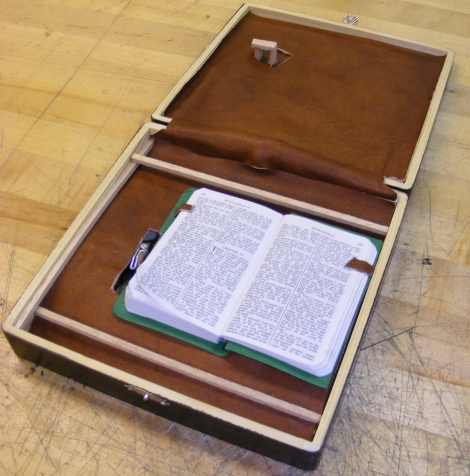
This collection of gauss weapons use rare earth magnets to accelerate projectiles to damaging speeds. They work using the same concepts as a coil gun, but instead of just one projectile travelling along a length of guide track, there are many projectiles that work in a chain reaction. A series of magnets are placed at equal distances along the track. Each has a couple of large ball bearings on the muzzle side of the magnet. The first ball bearing is fired using mechanical force – like a spring mechanism – and accelerates as it approaches the magnet due to the attractive force of that magnetic field. When it impacts the magnet it sends one of the ball bearings on the opposite side down the track where it will accelerate when it nears the next magnet in the chain. The weapon above achieves a final projectile speed of about 68 miles per hour, breaking six fluorescent tubes in a row on at the right side of the apparatus.
Still prefer rail guns that use electromagnets? Check out this gauss pistol kit that is about as powerful as a BB gun.
















